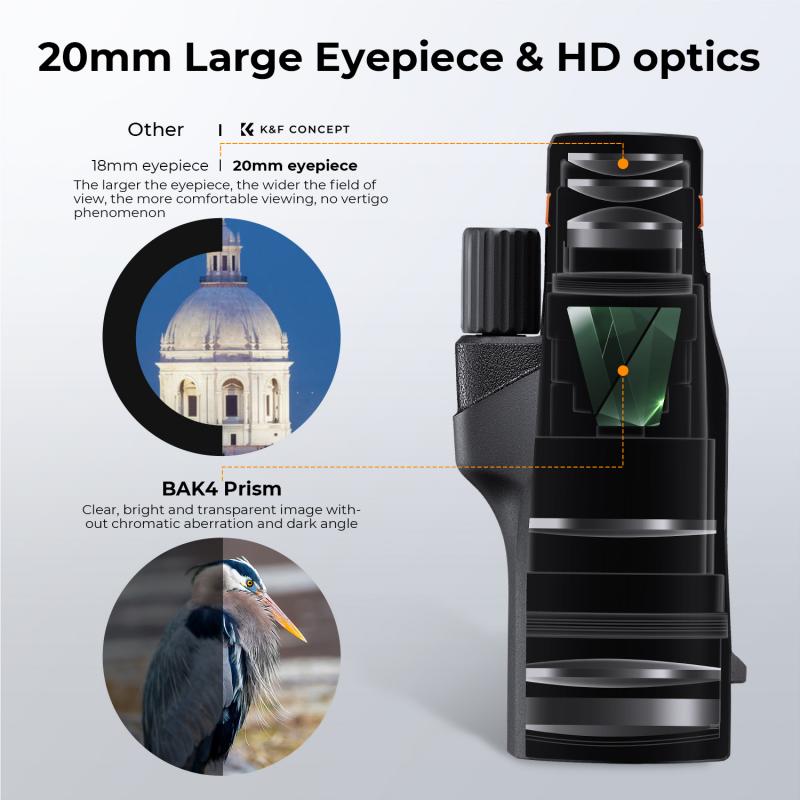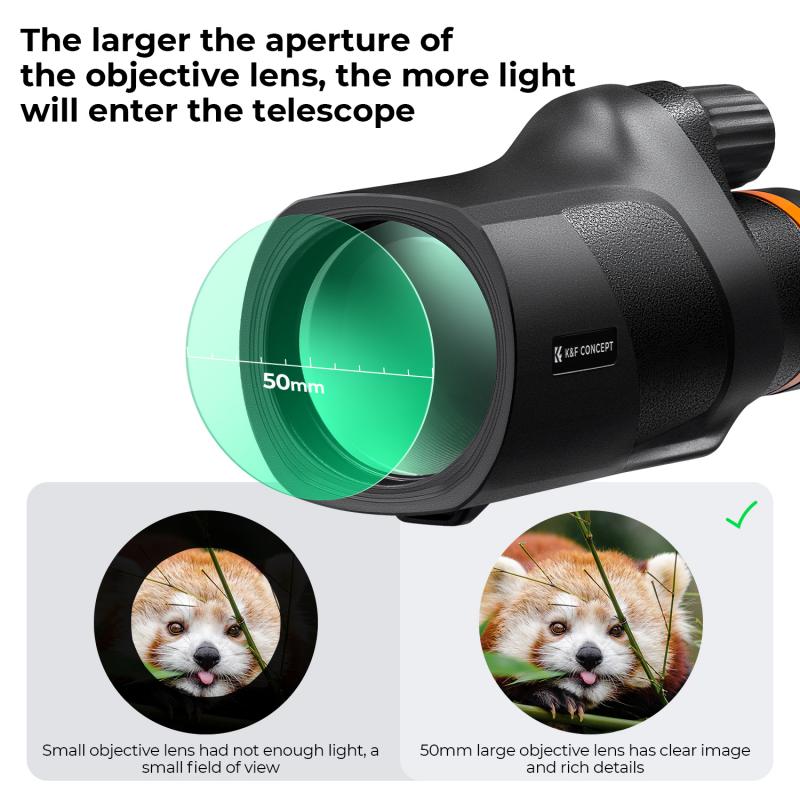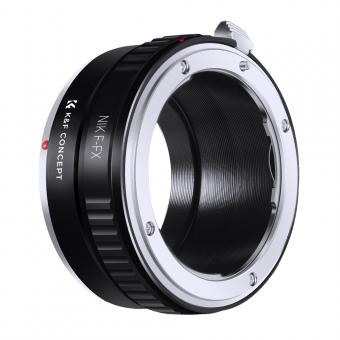What Is Intermittent Exotropia Monocular ?
Intermittent exotropia monocular refers to a specific type of strabismus, or eye misalignment, where one eye intermittently deviates outwardly or away from the nose. Unlike alternating exotropia, which involves both eyes taking turns to deviate, intermittent exotropia monocular affects only one eye at a time. This condition can occur in both children and adults and may be present since birth or develop later in life. The deviation of the eye can be triggered by various factors, such as fatigue, illness, or prolonged near work. Treatment options for intermittent exotropia monocular may include corrective lenses, eye exercises, or in some cases, surgery to realign the eyes. It is important to consult with an ophthalmologist or eye specialist for a proper diagnosis and appropriate management of this condition.
1、 Definition and characteristics of intermittent exotropia monocular
Intermittent exotropia monocular refers to a specific type of strabismus, or eye misalignment, where one eye intermittently deviates outward while the other eye remains straight. This condition is commonly known as "wandering eye" or "wall-eyed" appearance. Unlike constant exotropia, intermittent exotropia occurs only at certain times, such as when the individual is tired, focusing on a distant object, or experiencing high levels of stress.
Intermittent exotropia monocular is characterized by the ability of the affected eye to maintain normal alignment for extended periods. However, the eye may occasionally drift outward, causing double vision or blurred vision. This condition can be present since childhood or develop later in life. It is more common in individuals with a family history of strabismus or those with certain underlying conditions, such as hyperopia (farsightedness).
The latest point of view on intermittent exotropia monocular suggests that early detection and intervention are crucial for optimal outcomes. Treatment options may include the use of corrective lenses, eye exercises, or patching the stronger eye to encourage the weaker eye to strengthen its alignment. In some cases, surgical intervention may be necessary to correct the misalignment permanently.
It is important to note that intermittent exotropia monocular can have varying degrees of severity, and the treatment approach may differ for each individual. Regular eye examinations and monitoring are essential to assess the progression of the condition and determine the most appropriate course of action.
Overall, intermittent exotropia monocular is a specific type of eye misalignment characterized by intermittent outward deviation of one eye. Early detection and appropriate treatment can help manage the condition effectively and prevent potential complications.

2、 Causes and risk factors associated with intermittent exotropia monocular
Intermittent exotropia monocular refers to a type of strabismus, or eye misalignment, where one eye intermittently deviates outward while the other eye remains straight. This condition typically occurs in childhood and can persist into adulthood if left untreated.
The exact causes of intermittent exotropia monocular are not fully understood. However, several risk factors have been identified. One possible cause is a muscle imbalance in the eyes, where the muscles responsible for inward eye movement are weaker than those responsible for outward eye movement. This imbalance can lead to the intermittent outward deviation of one eye.
Another potential risk factor is a family history of strabismus, as there appears to be a genetic component to the condition. Additionally, certain neurological conditions, such as cerebral palsy or Down syndrome, may increase the risk of developing intermittent exotropia monocular.
Recent research suggests that abnormal binocular vision development may also play a role in the development of intermittent exotropia monocular. Binocular vision refers to the ability of both eyes to work together as a team, providing depth perception and a single, clear image. Disruptions in binocular vision development, such as poor eye coordination or suppression of one eye, may contribute to the development of strabismus.
Early detection and treatment of intermittent exotropia monocular are crucial to prevent long-term complications, such as amblyopia (lazy eye) or reduced depth perception. Treatment options may include patching the stronger eye to encourage the weaker eye to strengthen, vision therapy exercises to improve eye coordination, or in some cases, surgical intervention to correct the muscle imbalance. Regular eye examinations and monitoring are essential to ensure optimal visual development and prevent further complications.

3、 Diagnosis and assessment of intermittent exotropia monocular
Intermittent exotropia monocular refers to a specific type of strabismus, or eye misalignment, where one eye intermittently deviates outward while the other eye maintains proper alignment. This condition is commonly seen in children and can persist into adulthood if left untreated.
Diagnosis and assessment of intermittent exotropia monocular involve a comprehensive evaluation by an ophthalmologist or optometrist. The assessment typically includes a thorough medical history, visual acuity testing, and a detailed examination of eye movements and alignment. The doctor may also perform additional tests, such as the cover-uncover test, to assess the extent and frequency of the eye deviation.
The latest point of view in the diagnosis and assessment of intermittent exotropia monocular emphasizes the importance of early detection and intervention. Early diagnosis allows for timely treatment, which can help prevent the condition from worsening and potentially causing long-term vision problems. Additionally, the latest research suggests that intermittent exotropia monocular may be associated with other visual disorders, such as amblyopia (lazy eye) or refractive errors, which further highlights the need for a comprehensive assessment.
Treatment options for intermittent exotropia monocular may include the use of corrective lenses, vision therapy exercises, or in some cases, surgery. The choice of treatment depends on the severity of the condition and the individual's specific needs. Regular follow-up visits are essential to monitor progress and make any necessary adjustments to the treatment plan.
In conclusion, the diagnosis and assessment of intermittent exotropia monocular involve a thorough evaluation of eye alignment and visual function. Early detection and intervention are crucial in managing this condition and preventing potential complications. The latest perspective emphasizes the importance of comprehensive assessment and individualized treatment plans to optimize visual outcomes.

4、 Treatment options for intermittent exotropia monocular
Intermittent exotropia monocular refers to a type of strabismus, or eye misalignment, where one eye intermittently deviates outward while the other eye remains straight. This condition is typically seen in children and can cause double vision, reduced depth perception, and social and psychological impacts.
Treatment options for intermittent exotropia monocular depend on various factors such as the severity of the condition, age of the patient, and the presence of associated symptoms. The primary goal of treatment is to improve eye alignment and binocular vision.
Non-surgical options include the use of glasses or contact lenses to correct refractive errors, which can sometimes help improve eye alignment. Vision therapy, involving exercises and activities to strengthen eye muscles and improve coordination, may also be recommended. Prism glasses can be used to temporarily align the eyes and reduce double vision.
Surgical intervention may be considered if non-surgical methods are ineffective or if the condition is severe. Surgery aims to realign the eye muscles and improve eye alignment. The specific surgical technique used depends on the individual case and the surgeon's preference.
Recent research suggests that early intervention and treatment for intermittent exotropia monocular can lead to better outcomes. Some studies have shown that early surgery can improve long-term control of the condition and reduce the risk of developing amblyopia (lazy eye). However, the decision to pursue surgery should be made on a case-by-case basis, considering the individual's age, symptoms, and overall eye health.
It is important for individuals with intermittent exotropia monocular to undergo regular eye examinations and follow-up with their eye care professional to monitor the condition and determine the most appropriate treatment approach.







































